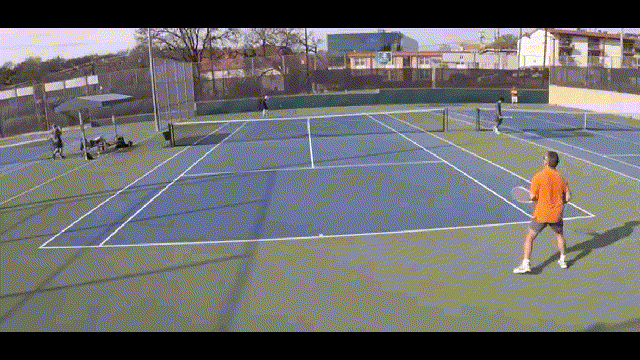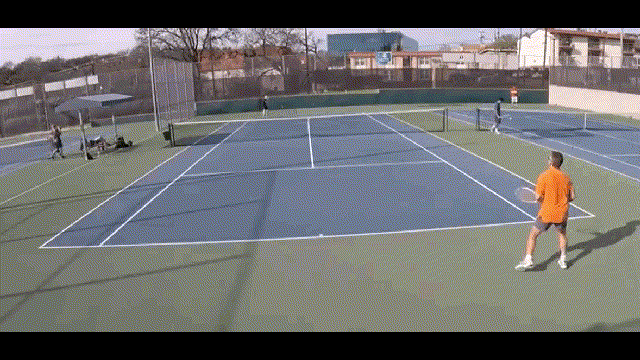ByeByePoly
G.O.A.T.
Are you big on home improvement? I always love it when it's done but equally hate to plan and go through it!It's not the money issue since it's planned ahead but I'm always the one doing a lot of thinking and the work.
Is sun room really compatible with tennis? My sister's sun room got partly destroyed by the kid's football activities.
Sunroom has a treadmill, tennis stuff, fat tire bike, inclined bench ... wife had plans for wicker couch reading room ... lucky to still be married.
Sorry @Curious ... back to your slice.






